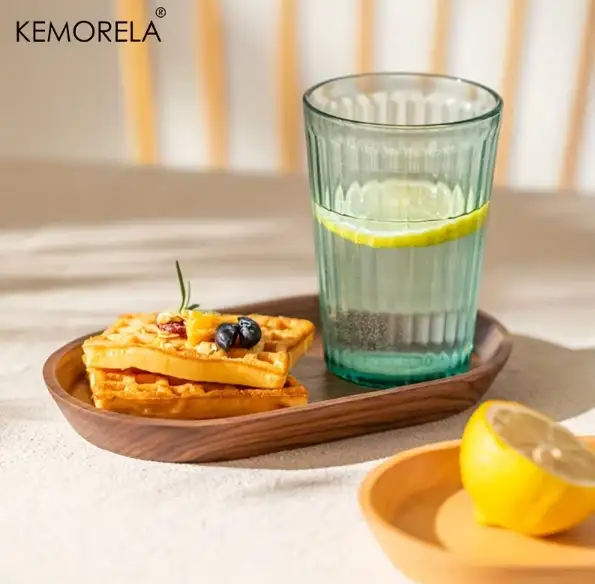A pasty (pronounced pass-tee) is a savory, handheld pie with deep historical and cultural roots. Originally from Cornwall, England, it was designed as a hearty and portable meal for workers, especially miners.
Over centuries, the pasty has evolved into a beloved culinary tradition in both the U.K. and parts of the United States, such as Michigan’s Upper Peninsula.
Let’s delve into what makes this iconic dish so special and why it remains popular today.
The Anatomy of a Pasty
To dive deeper into the history of this traditional food, discover the fascinating origin story behind the Cornish pasty and its cultural significance.
A traditional Cornish pasty consists of a flaky pastry crust filled with a simple yet satisfying combination of diced beef, potato, rutabaga (or swede), and onion.
The pastry is folded over the filling, crimped at the edges, and baked until golden brown. This unique preparation ensures the filling cooks perfectly inside while the crust remains sturdy enough to hold.
Key Characteristics:
- Filling: Authentic Cornish pasties stick to specific ingredients, but modern variations include chicken, pork, cheese, or even vegetarian options.
- Crimping Style: A hallmark of the Cornish pasty is its crimping on the side, ensuring it lays flat.
- Durable Crust: The crust, often referred to as the “handle,” was historically discarded by miners to avoid eating with dirty hands.
A Brief History of the Pasty
The origins of the pasty date back to 1150 in Cornwall, where it became a staple for miners. The design of the pasty made it ideal for eating in the dark, dusty conditions of mines.
Miners would even offer the last bite of their pasties to mythical creatures, called Tommyknockers, believed to live in the mines.
When Cornish miners emigrated in the 19th century, they took their pasty tradition with them.
Today, pasties are a cherished part of culinary culture in places like Michigan, Minnesota, and Utah, where mining history runs deep.
The Pasty’s Cultural Significance
Beyond its practicality, the pasty is a symbol of heritage. It represents a connection to the working class and has been passed down through generations.
In Cornwall, strict rules govern what can be called a “Cornish Pasty,” protected by Geographical Indication Status in the U.K.
Meanwhile, in the U.S., pasties have adapted to local tastes. For instance, Michigan’s Upper Peninsula is known for its beef pasties, often served with gravy or ketchup.
Modern Takes on the Pasty
While the traditional Cornish pasty remains a classic, creative variations have emerged:
- Breakfast Pasties: Filled with eggs, bacon, and cheese.
- Vegetarian Pasties: Featuring spinach, feta, or curried vegetables.
- Sweet Pasties: Apple or berry fillings for dessert versions.
Restaurants usually serve both traditional and innovative pasties, highlighting their versatility and appeal to modern palates.
Making a Pasty at Home
Creating a pasty at home is easier than you might think. Using shortcrust pastry, you can customize fillings to suit your taste. Traditional recipes typically involve:
- Ingredients: Diced beef, potatoes, rutabaga, and onions.
- Preparation: Fill pastry rounds, fold, crimp, and bake.
- Baking Tips: Bake at 425°F initially, then reduce the temperature to ensure even cooking.
Why Pasties Endure
The pasty’s enduring appeal lies in its simplicity, portability, and ability to adapt to different tastes and diets. Whether enjoyed on a rugged hiking trail or at the dinner table, this savory hand pie continues to be a comfort food loved by many.
Serving Ideas: Traditional Cornish Plates – To serve your homemade pasties in style.
In summary, the pasty is more than just food—it’s a piece of history, culture, and culinary art. Whether you’re discovering it for the first time or reliving nostalgic memories, the pasty offers a flavorful journey worth savoring.
Berikut adalah tabel deskripsi yang bisa disisipkan di bawah artikel dengan tone yang persuasif:
| Feature | Details |
|---|---|
| Product Name | KEMORELA 1PCS Tableware Solid Wood Round Dessert Plate |
| Material | Premium natural wood with no high-concern chemicals, ensuring safety and durability. |
| Design | Elegant Japanese-style round shape, perfect for serving snacks, desserts, or dried fruits in a stylish presentation. |
| Color Option | Light-colored wood that complements any dining or kitchen aesthetic. |
| Durability | Crafted for long-lasting use with a smooth surface that resists wear and tear. |
| Eco-Friendly | Made from sustainable materials, making it a perfect choice for environmentally conscious buyers. |
| Versatility | Ideal for pasties, desserts, appetizers, or even as a decorative tray. |
| Brand Quality | Trusted by over 700+ satisfied buyers with a high rating of 4.6 from 101 reviews. |
💡 Why Choose KEMORELA?
Enhance your dining experience with the timeless charm of this wooden plate. Whether serving Cornish pasties, snacks, or desserts, this plate offers a blend of functionality and aesthetic appeal that impresses your guests while staying environmentally responsible.
👉 Get Yours Today! Limited stock available—over 700 sold!

